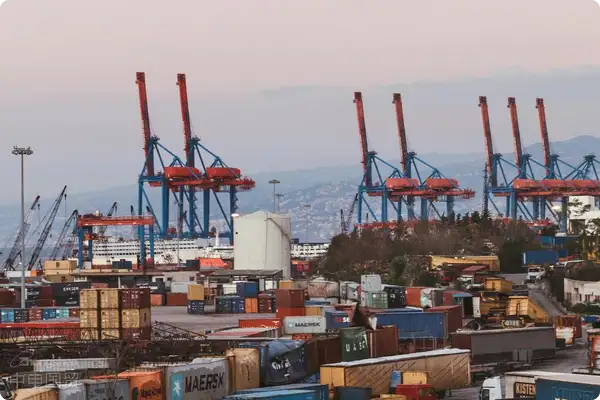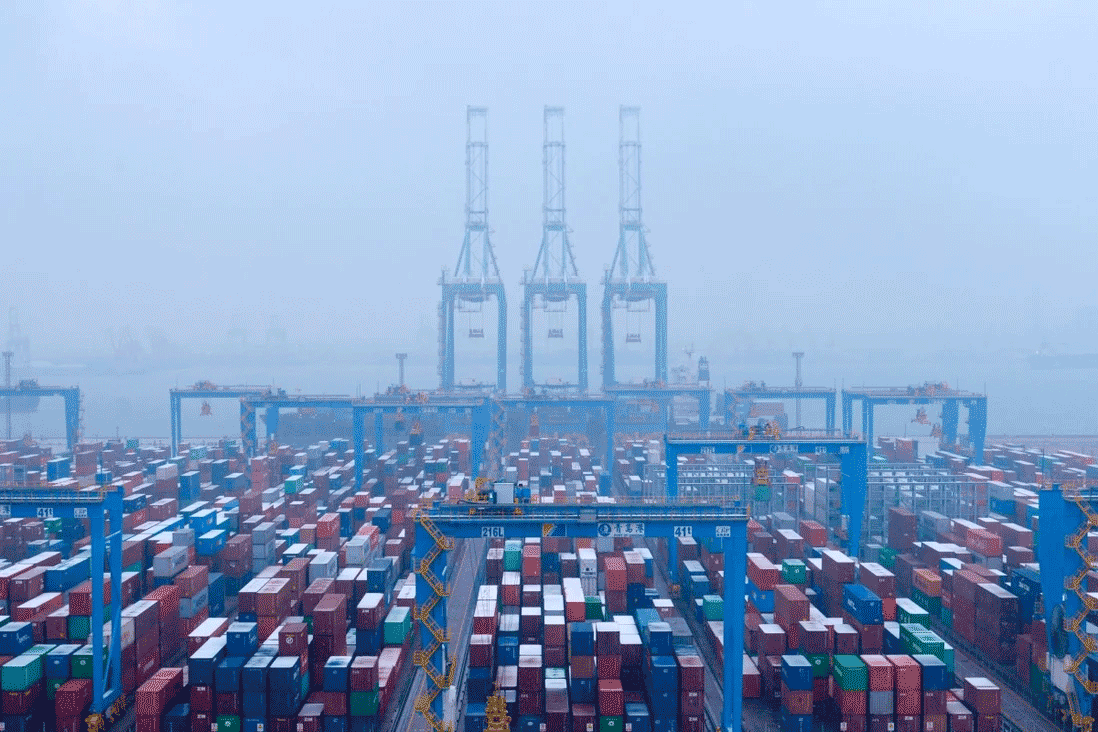- Shanghai Zhongshen International Trade Co., Ltd. - Two decades of trade agency expertise.
- Service Hotline: 139 1787 2118

Equipment ImportsThe Hidden Bombs in Agreements
Latest customs data for 2025 shows that disputes over mechanical and electrical equipment imports have increased by 37% year-on-year, with 68% stemming from flawed agreement clause designs. A manufacturing enterprise incurred 1.2 million yuan in demurrage fees due tomissing technical parameter descriptionsin the agreement, which prevented the imported precision machine tools from passing customs inspection. This real case highlights the importance of professional agreement drafting.
Core Clause Breakdown Guide
A standardized equipment agency import agreement should include the following key modules:
- Subject Matter Clause
- ISO standard naming rules for equipment models
- Triple verification mechanism for technical parameters
- Random accessory list confirmation process
- Price Structure Clause
- FOB vs. CIF selection strategies
- Exchange Rate Fluctuation Compensation Mechanism
- Prepayment and final payment milestones
New changes in 2025 delivery clauses
According to the latest version of the ICCs Incoterms, special attention must be paid to the following for equipment imports:
- Adjusted inspection standards at destination ports (effective January 2025)
- Dangerous goods transport declaration window shortened to 72 hours
- Expanded scope of force majeure recognition
Fatal Blind Spots in Acceptance Clauses
A biopharmaceutical enterprise ignoredtrial operation period agreements, resulting in three months of idle operation for imported equipment. The agreement must clearly specify:
- Acceptance test environment standards
- Permissible performance deviation ranges
- Designated third-party testing agency
Contract breach clause design techniques
By analyzing typical dispute cases from 2018-2025, we have summarized a three-tier liability system for contract breaches:
- Tier 1: Calculation method for delayed delivery penalties
- Tier 2: Remedial measures for quality defects
- Tier 3: Termination conditions for fundamental breaches
3 mandatory checks before agreement signing
- Check updates on technical barriers to trade (TBT) in export countries
- ConfirmIt is recommended to verify through the following methods:Document format specifications
- Verify the AEO certification status of the agent
Related Recommendations
? 2025. All Rights Reserved. Shanghai ICP No. 2023007705-2  PSB Record: Shanghai No.31011502009912
PSB Record: Shanghai No.31011502009912










